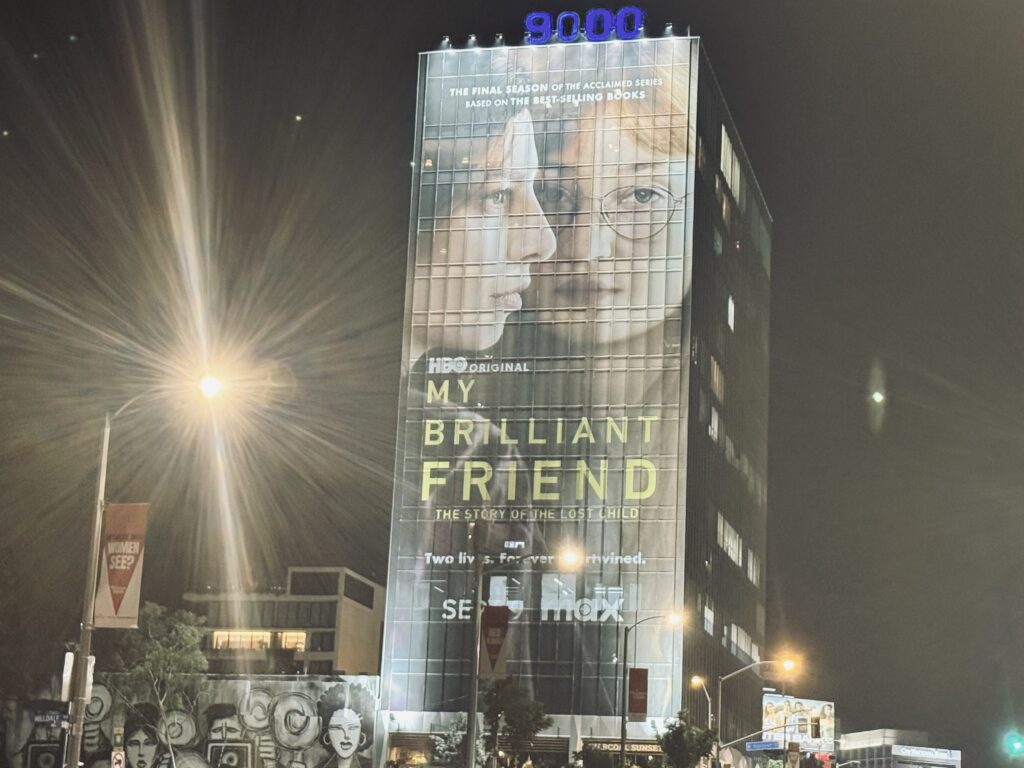LA TV and Film Production Falls Below Strike Levels in Q3, Reality TV Down 56% as Industry Calls for More Incentives
The Los Angeles TV and film production industry saw a sharp decline in the third quarter of 2024, with filming activity dipping below levels seen during the 2023 strike. FilmLA reported 5,048 shoot days in Q3, the weakest quarter of the year so far, and a 36.4% drop from its five-year average. Reality TV took the hardest hit, plunging 56.3% from last year, reflecting a larger contraction in the unscripted sector.
Production in the Greater LA area fell 5% compared to the second quarter of 2024. The drop in unscripted content was particularly alarming, with reality TV, once a consistent performer, falling to 946 shoot days in Q3, down from over 2,000 shoot days in 2023. This dramatic decline more than accounts for the overall reduction, as the region dropped from 5,311 shoot days in Q3 2023 to 5,048 this quarter.
FilmLA President Paul Audley addressed the issue, stating: “Only a few months ago, the industry hoped we’d see an overall on-paper gain in the third quarter, due to the strike effect. Instead, we saw a pullback and loss of forward momentum heading into the fall season that will make or break the year”.
Scripted TV, which covers dramas, comedies, and pilots, remained stagnant, with 758 shoot days logged. These numbers, however, are harder to compare due to the shutdowns last year during the strikes. On the positive side, feature film production grew by 26.6%, bringing some relief to local crews, studios, and vendors with 476 shoot days during the quarter.
Despite the slight improvement in feature films, industry concerns remain high. Many workers have reported fierce competition for jobs, with hundreds of applicants for the same positions, as studios tighten budgets and remain cautious about greenlighting new projects. Advances in technology, especially AI, have also increased pressure on workers to compete in a shrinking job market.
Commercial production saw a modest increase of 7.4% to 814 shoot days, a hopeful sign for that sector, though it still lags behind its historical averages. Major brands such as Adobe, Google, and Starbucks were among those filming in Los Angeles during the quarter.
Amid the downturn, the spotlight has turned to California’s Film & Television Tax Credit Program, which offers a 20-30% tax credit for productions that film in the state. While several high-profile TV series, such as Forever, High Potential, and The Rookie, have benefitted from these incentives, other states and countries have become increasingly competitive with their own tax programs. California’s share of projects has declined from 23% in 2021 to 18% in 2023 as productions shift to locations like Georgia, New York, Canada and the UK. Audley emphasized the importance of updating the state’s incentives to remain competitive, noting “California’s film incentive is a proven jobs creator that studies show provides a net positive return on every allocated dollar. What the program lacks is funding and eligibility criteria that reflect the outputs of the industry in 2024”.
With the fall season approaching, the coming months will be critical for LA’s production industry, as the region hopes for a rebound amidst ongoing challenges. For now, the numbers signal uncertainty, especially in unscripted TV, while feature films and commercials offer some hope for recovery.
At 5,048 shoot days, the city remains far below its potential, and without further innovation in the tax credit program, Los Angeles risks losing its position as the entertainment hub to other locations with more competitive incentives.
Source: The Wrap
Share:
The Los Angeles TV and film production industry saw a sharp decline in the third quarter of 2024, with filming activity dipping below levels seen during the 2023 strike. FilmLA reported 5,048 shoot days in Q3, the weakest quarter of the year so far, and a 36.4% drop from its five-year average. Reality TV took the hardest hit, plunging 56.3% from last year, reflecting a larger contraction in the unscripted sector.
Production in the Greater LA area fell 5% compared to the second quarter of 2024. The drop in unscripted content was particularly alarming, with reality TV, once a consistent performer, falling to 946 shoot days in Q3, down from over 2,000 shoot days in 2023. This dramatic decline more than accounts for the overall reduction, as the region dropped from 5,311 shoot days in Q3 2023 to 5,048 this quarter.
FilmLA President Paul Audley addressed the issue, stating: “Only a few months ago, the industry hoped we’d see an overall on-paper gain in the third quarter, due to the strike effect. Instead, we saw a pullback and loss of forward momentum heading into the fall season that will make or break the year”.
Scripted TV, which covers dramas, comedies, and pilots, remained stagnant, with 758 shoot days logged. These numbers, however, are harder to compare due to the shutdowns last year during the strikes. On the positive side, feature film production grew by 26.6%, bringing some relief to local crews, studios, and vendors with 476 shoot days during the quarter.
Despite the slight improvement in feature films, industry concerns remain high. Many workers have reported fierce competition for jobs, with hundreds of applicants for the same positions, as studios tighten budgets and remain cautious about greenlighting new projects. Advances in technology, especially AI, have also increased pressure on workers to compete in a shrinking job market.
Commercial production saw a modest increase of 7.4% to 814 shoot days, a hopeful sign for that sector, though it still lags behind its historical averages. Major brands such as Adobe, Google, and Starbucks were among those filming in Los Angeles during the quarter.
Amid the downturn, the spotlight has turned to California’s Film & Television Tax Credit Program, which offers a 20-30% tax credit for productions that film in the state. While several high-profile TV series, such as Forever, High Potential, and The Rookie, have benefitted from these incentives, other states and countries have become increasingly competitive with their own tax programs. California’s share of projects has declined from 23% in 2021 to 18% in 2023 as productions shift to locations like Georgia, New York, Canada and the UK. Audley emphasized the importance of updating the state’s incentives to remain competitive, noting “California’s film incentive is a proven jobs creator that studies show provides a net positive return on every allocated dollar. What the program lacks is funding and eligibility criteria that reflect the outputs of the industry in 2024”.
With the fall season approaching, the coming months will be critical for LA’s production industry, as the region hopes for a rebound amidst ongoing challenges. For now, the numbers signal uncertainty, especially in unscripted TV, while feature films and commercials offer some hope for recovery.
At 5,048 shoot days, the city remains far below its potential, and without further innovation in the tax credit program, Los Angeles risks losing its position as the entertainment hub to other locations with more competitive incentives.
Source: The Wrap









